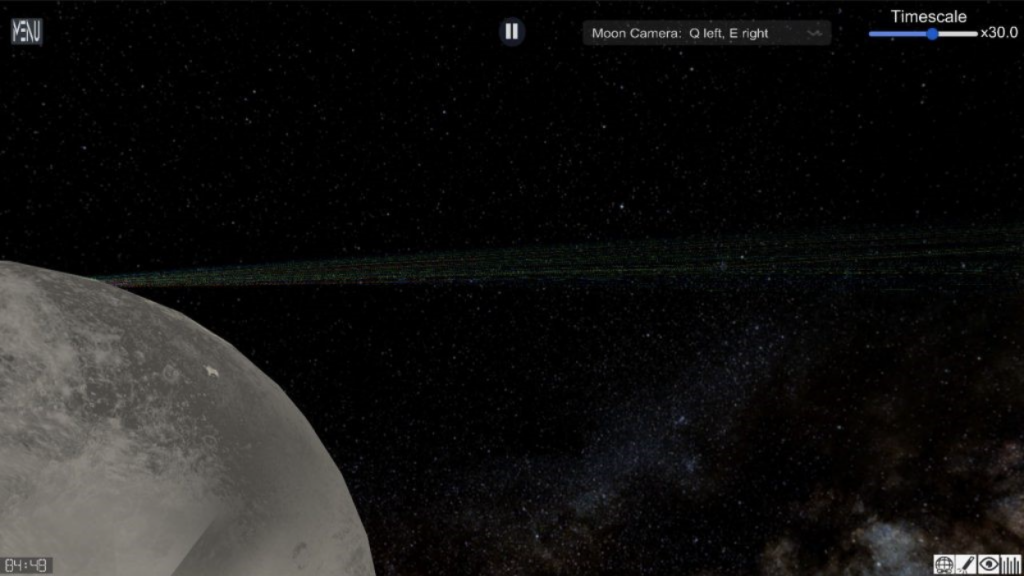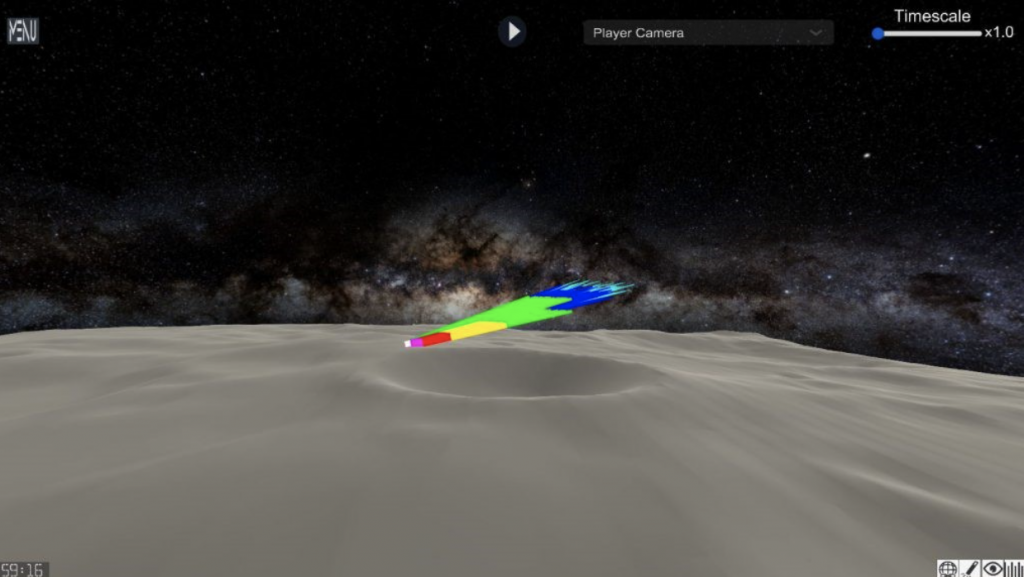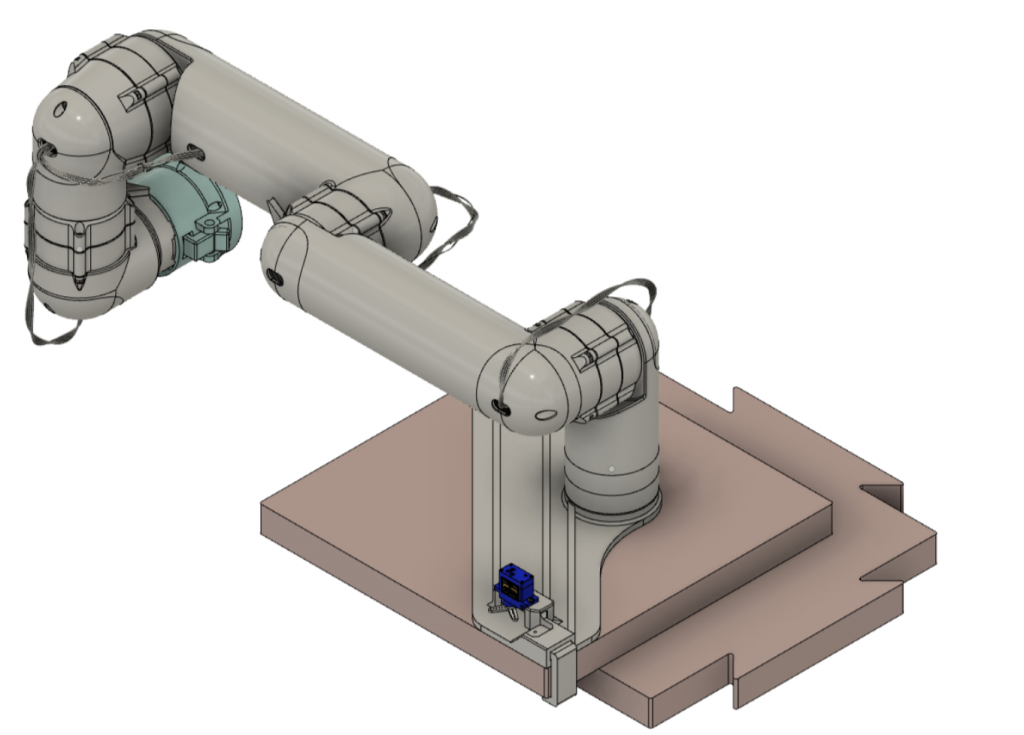Organization
University of Central Florida — College of Engineering and Computer Science
About
PELT calculates and maps lunar ejecta caused by spacecraft landings. PELT, is an analysis tool, coupled with a visual simulation developed to better understand and communicate the effects of vehicle landings on the Lunar environment. PELT was sponsored by Florida Space Institute (FSI) and developed by teams of Computer Science students from the University of Central Florida. Dr. Phil Metzter, an acknowledged expert in this field, was both the science mentor and customer for PELT. PELT’s capabilities are necessary to safely develop and plan Lunar settlements and systems.
This ejecta causes erosion on the surface of the moon and launches particles from the landing site at high speeds. These particles can be incredibly damaging to anything in their path, especially since any amount of damage to structures can be critical due to the hostile environment of the moon. Being able to predict how the landing procedure of a lunar lander impacts the potential landing site is essential when the safety of structures built on the moon and the satellites orbiting around it have to be considered.



User Guide
- The CSV will reach max capacity at 2,147,483,647 characters. This means it can capture 250 particles for 24 hours or 1000 particles for 6 hours before maxing out.
- When you hover the mouse over the Download CSV button, the simulation pauses. It can be resumed by pressing the play button. This is to ensure pause happens before download.
- If you are able to load the full simulation from the website and lose internet during a long simulation, you can still pause/play, download the CSV, and you can refresh the simulation, just don’t refresh the webpage.
- The landing site is located around Shackleton crater at the south pole of the moon. This is where the next landing mission will be in 2024.
- The player camera only works when the play button is pressed because of Unity frame rate math.
- Check the “Hardware Acceleration” box to run the simulation on your device’s graphics hardware for better performance.
- Hardware acceleration may not be available in your browser or on older devices.
Project Sponsors
Florida Space Institute
Mike Conroy
Philip Metzger, Ph.D
Further Acknowledgements
Zoe Landsman, Ph.D
Ryan McMahan, Ph.D
Project Team
PELT 2:
Jay Adams
Christopher Kerns
Justin Miranda
Rachel Regan
Connor Westcott
Desiree Wood
PELT 1:
Jacob Haake
Samantha Stoffel
Tan Thu


